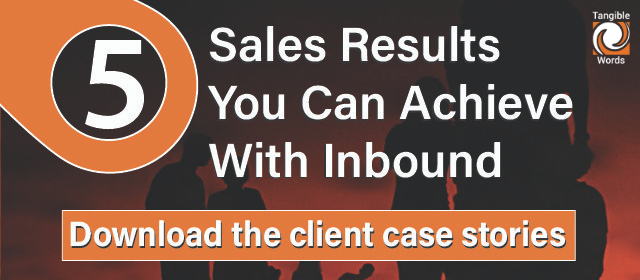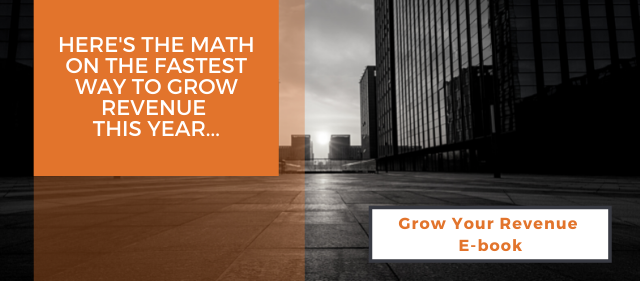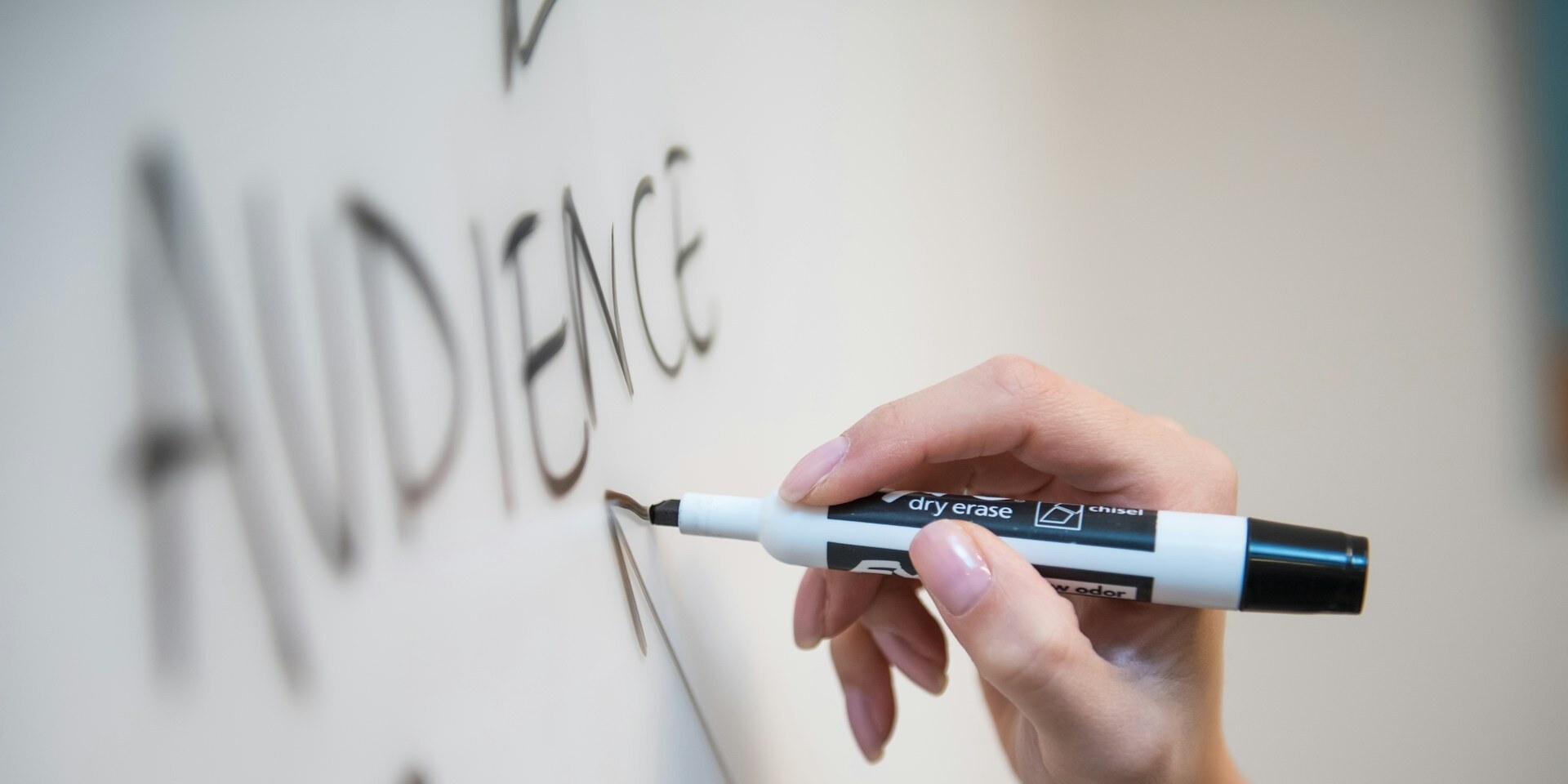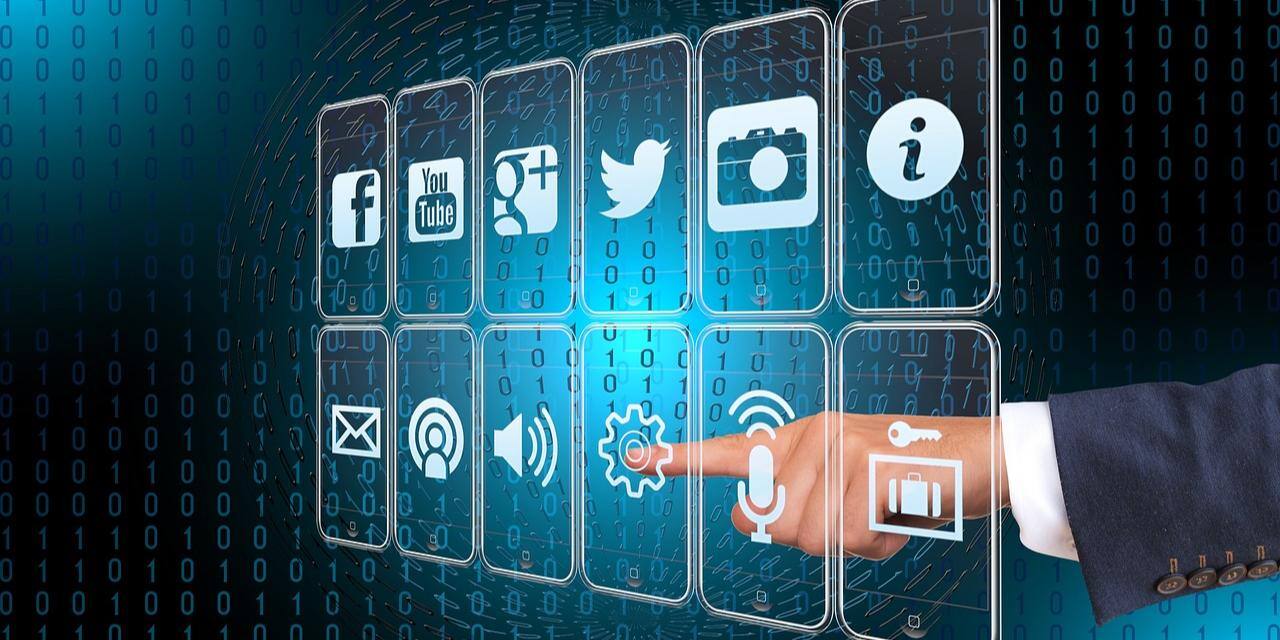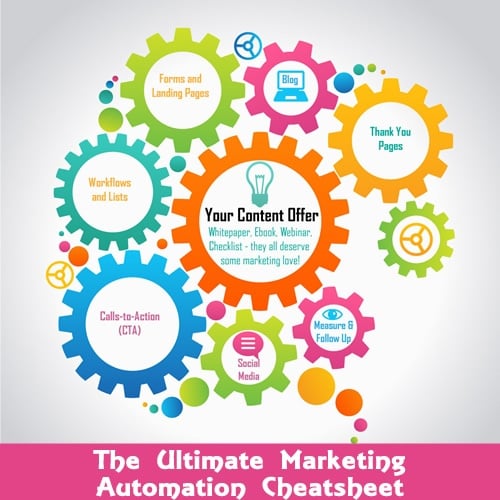SHARE
How to Use Your Inbound Marketing Sales Funnel to Attract More Leads

Sales funnels have been a foundation of your revenue growth from the start. So what’s the fuss now? Well, the sales process has evolved into using inbound marketing for sales funnels. Technology has blown sales growth strategies wide open by redefining and refining how to attract your best qualified leads.
Fundamentally, sales funnels are still driven by the journey a buyer takes to purchase your product. Only now you’re able to track your leads’ steps in real-time and save your best sales skills for the end.
Why are Inbound Marketing Sales Funnels Good For Sales Growth?
You want to spend less time filtering through bad leads so you can make more money from good leads. You can only grow your sales if you reach the best target audience for your product so you can nurture them through their buyer’s journey.
An inbound marketing sales funnel needs two things: a defined process to nurture your leads, and effective content at each stage of the sales funnel to speak to the buyer's needs at whichever stage they are in.
Sales Growth Help: Here are the 3 Stages of the Inbound Marketing Sales Funnel
There are three stages to the sales funnel. Let’s go back to a simpler time to envision the process.
Firstly, there’s the Top of the Funnel (TOFU). This is where everybody congregates.
Picture the wall at a high school dance before the good songs come on (or the drinks kick in). Everybody’s showed up but nobody is really doing much.
These are the random searchers who make their way to your website either by accident or with less than vague interest in your company.
That pool of potential traffic is so encouraging as the hits pour in. But then you face the crushing, inevitable dwindling of interest. It’s not you, it's them and that’s ok. You’re interested in the best-fit prospects who stick with you to the next stage.
Welcome, Middle of the Funnel (MOFU). These leads are the ones who saunter onto the dance floor thinking they can dance and they’ll stay awhile to prove it. On your sales funnel, this is where the people who are a little more sure they know what they want hang out. At this stage you can nurture leads with your excellent product and business knowledge, getting them closer to their buying decision.
Then, you reach the Bottom of the Funnel (BOFU). The BOFUs are the kids who are ready for a dance competition. They can dance and will dance until the lights come on. You’re offering them the last song of the night and they’re all in to hit the beats with you.
You know this, right? But so often our websites, advertising and inbound marketing sales funnels are only set up to receive those who are ready to hit the beats. There are so many more passive buyers out there, not just these active buyers. So how do you stop leaving money on the table and scoop up more of the passive buyers (which is where most people congregate. After all, how many people do you know who are signing up for dance competitions?)
How Your Leads Move Through the Sales Funnel & Why It Matters
Now here’s why each stage is important and why it benefits your sales team (and your revenue) to create unique content for each stage.
1. Top of the Funnel: The Awareness Stage
The TOFU is where leads come into your sites. Perhaps they’re researching a problem, and they have to determine if it can be solved on their own or if they need help.
At the TOFU stage, the type of content you provide is general yet helpful information about your sector. Rule #1 of this stage is HELP, FIRST!
After you’ve been helpful, you can touch on what your business provides and how you can help them more. Ideally, at this stage, you’d give them a reason to learn more from you. The more content they touch, the closer they move towards the consideration stage. HubSpot will track this, but your primary goal must be to help another human.
Here's ways you can further help: offer an additional blog about a common question you get asked. This doesn’t have to be and shouldn’t be about your services, more about things people want to know how to do.
If you think they might be ready to start trusting your brand, or you want to see if they are, you can offer a gated piece of content. For example, an infographic that easily explains a concept your lead is trying to understand is a good way to further develop trust.
When you are making these “lead magnets,” the key is to attract the leads who might need your product or service and let them decide to move forwards or move on, based on the information your website has provided.
Effective content at this stage of the funnel is good for your sales team because it weeds out the leads who are unlikely to buy. This is because if they had a real, urgent problem that the sales team could help them solve NOW, then they would be moving forwards with the content offers you provided. They’d be trying to learn as much as possible to remove their headache. If they stop at one offer and disappear, the urgency of solving their problem is unclear and that’s not a great lead for the sales team to prioritise right now.
If you are not what they are looking for, your sales team doesn't need to spend time worrying about them. This creates profitability because it allows your sales team to save time. (You want to avoid the problem some companies have that “Marketing’s best lead is Sales’ worst lead.”) Instead, the sales team can chase the leads who are more likely to close now. Having content that focuses on the buyer’s intention for each stage of their buyer’s journey is key to avoiding “not right now” or “never” leads.
2. Middle of the Funnel: The Consideration Stage
The Consideration stage, Middle of the Funnel (MOFU) is when leads are looking for more detailed information. This is a good time to provide something more substantial. Give them granular, detailed information as a free service. You can think of these as Trust Bridges - you are helping them come to trust your ability to help them before you’ve engaged in a Scope of Work (SOW). Engendering good feelings in your prospects as early as possible helps you start a relationship now. It preempts the promise that your brand is the best option to fulfill their needs, whenever they are ready to buy. Their buying timeline is still unclear at the Middle of the Funnel stage and they might be coming to you now to figure out when to buy.
The content you can use here includes:
-
a detailed instruction “How To” e-book about a problem you solve. Think: text and images
-
a whitepaper presenting research and your interpretation of the data to teach your knowledge and experience to someone else
-
a webinar to teach and help people avoid common pitfalls they might experience at this stage in their buyer’s journey
Think about the fact that if you are drowning, there is more than one way to save yourself: a lifeboat, a swimming coach, a lifejacket. Help them figure out which one they need at this stage. They will be buying at some stage so present options to them, and give them info on which solutions you favour and why.
3. Bottom of the Funnel: The Decision Stage
At the Bottom of the funnel, BOFU, your sales team becomes involved because the lead at this stage is considered “Marketing Qualified” (MQL) and it’s up to the sales team to determine if they are also “Sales Qualified” (SQL).
In the BoFu stage,the lead is comfortable initiating more personal access because they're ready for you to help them solve their problem.
Marketing can support Sales by making sure the sales team has content that articulates your “three uniques” (per Gino Wickman): what makes you different from the competition.
At the BOFU stage, you could offer free help in person. You’re willing to use your Human Resources to give demos or to Freebie offers. Keep in mind not a lot of people have time to waste on “personal consultations''. So you’ll need to come up with something that is valuable and which you can do for free because there is an inherent “give and get” in the sales process. Your goal is to give the lead confidence in your company’s capacity and capability with a problem they have TODAY. Remember, urgency is very important here in the BOFU offer you create, or no one will want it because we all believe we are too busy unless it’s a problem TODAY. Even people who want to get proactive to solve a problem need to see the value of speaking with you urgently.
How Much Content Do You Need?
“There’s not one piece of content that will automatically lead consumers through the funnel. Some will stay at certain stages longer than others. Youo need to provide a variety of content for each stage to meet the demand of different consumer types.
To make your sales funnel work for you, first, define who you’re trying to reach. Then, continue to use your content to draw the most qualified leads close (through the funnel) until they've made their buying decision.
Here it is in five easy steps:
-
Define your ideal consumer;
-
plan and create the content for each stage of the funnel;
-
track your audience engagement;
-
nurture your qualified leads; and,
-
close the deal.
BONUS TIP: Include Buyer Personas In Your Inbound Marketing Strategy
Buyer personas are important through the sales funnel process too. Personas, as defined by your known target audience, help you further tailor your content to the different types of buyers you have (in HubSpot, Personas are very powerful as they can be a field that triggers a series of custom-fit automations).
You might only have two main personas you sell to or you could have five or more. Don’t try to write content for all of them at once. You’ll get overwhelmed and so will they!
To make your inbound marketing sales funnel will work really well, define who they are, and target one at a time.
Understanding one persona and focusing just on them makes it easier to figure out what they want from you.
This level of attention to one persona at a time makes it even easier to nurture your leads to the bottom of the funnel because it’s tricky to plan all the ways the lead should be managed for too many personas at once. And it’s harder to train the market, too.
If you want to get your sales and marketing teams working on improving your funnels, and you don't know where to start, you’re always welcome to book a mind mapping session with us or check out these resources. We can help you clarify your goals and prioritize what needs to happen with regard to best practices.
In the meantime, learn more ways to start making more money for your company below.
Download this e-book to see the fastest way to grow your revenue this year.
References:
https://blog.hubspot.com/marketing/right-content-right-time-tips
Topics
- Content Creation (297)
- Growth-Driven Design Websites (166)
- Inbound Marketing (139)
- Sales Growth (123)
- Tangible Words (111)
- Search Engine Optimization (85)
- Social Media Marketing (83)
- Blogging for Business (75)
- Hubspot (72)
- Economic Development (64)
- Events & Training (60)
- Company Growth Podcast (49)
- Manufacturing (47)
- Tourism (46)
- Email Marketing (41)
- Case Stories (39)
- Testimonials & Client Feedback (36)
- Education and SaaS (23)
- Google (21)
- Careers (18)
- Inbound Marketing Agency (17)
- FAQ (16)
- Cool Companies (15)
- Alysha Dominico (13)
- Associations (7)
- Food and Beverage (7)
TW Blog Sign-Up
Learn more about how to grow your business and improve your sales team process.

